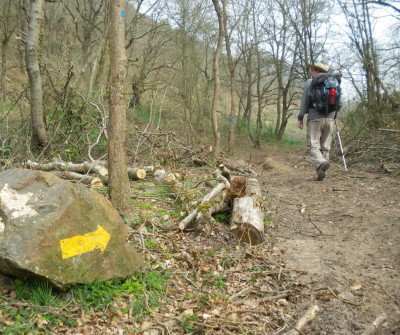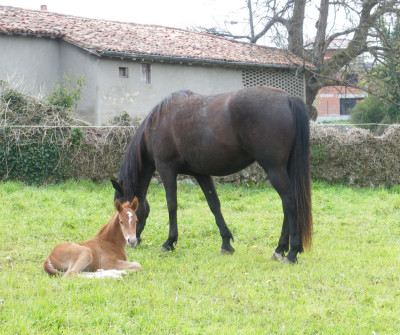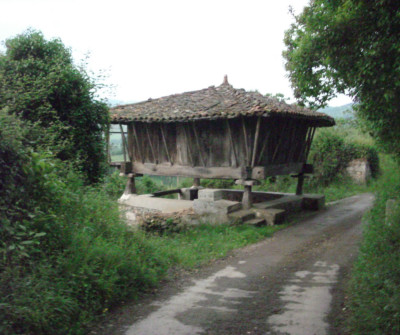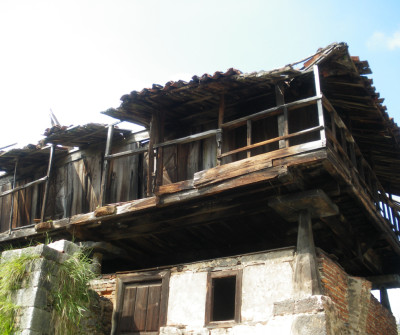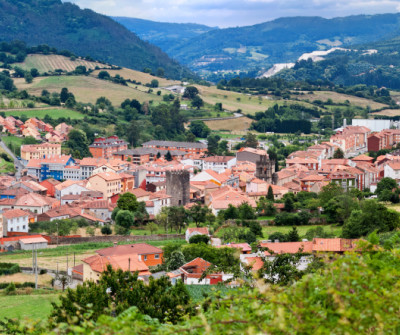The Camino continues to San Xuan de Villapañada, after this village, the next 2 kilometres take you up to Colláu del Fresnu, with its church and wonderful views. You descend through a nice walk to the village of La Doriga, where you can see the palace of the same name, listed as a heritage building in Spain and one of the key examples of the architecture of rural Asturias.
READ MOREPast the bar, there is a light climb and then a narrow path to your left. You have to be careful as it is slippery and there is much vegetation. You get to the river park and the bridge over the River Narceo and Corniana/Cornellana, where you can leave the Camino and take a rest, visit the Monastery of San Salvador and find a hostel for pilgrims where you may get some provisions. You must go past the Monastery to the left and climb to Suburriba/Sobrearriba and Cermoñu, past Suburriba/Sobrearriba, there is a beautiful view of Corniana/Cornellana.
When you reach km 15 you will arrive in Quintana where you will find the church of Santiago de Villazón and the fountain of Santiago. You cross the bridge of Zorrina/Casazorrina, climb to Maecina/Mallecín and you finally reach Salas, one of the best-preserved medieval villages in Asturias, with its medieval tower, the palace of Valdés Salas and the Colegiata de Santa María la Mayor. Indiano architecture is also largely present in Salas.
Tips from our postmen and women
What to do and see in Salas?

“Salas has beautiful vegas and holm oak groves that are a listed as heritage sites in Spain. This is an area where animal husbandry has a long tradition - you have to try our meat”.


 Filter
Filter